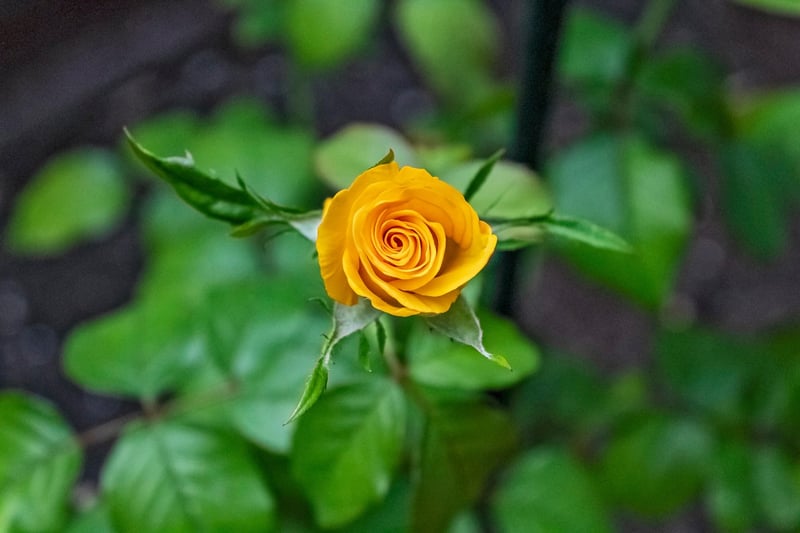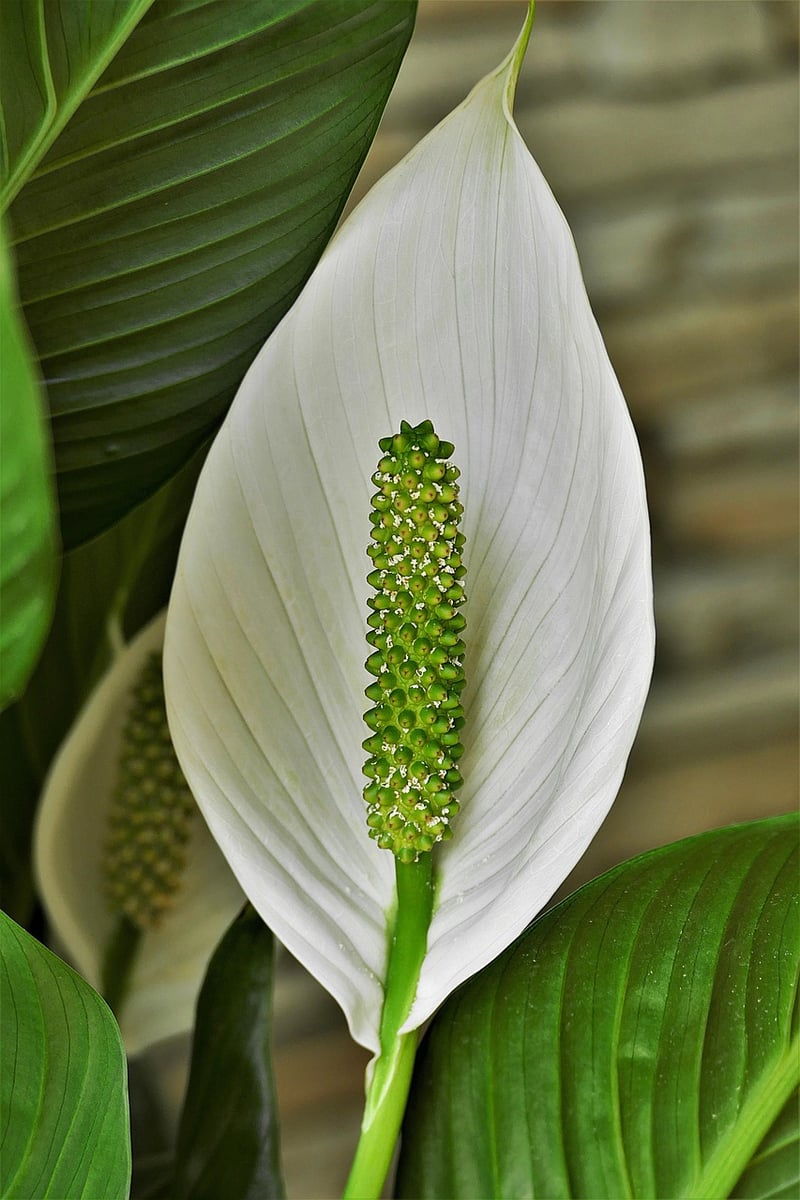Shade-loving Plants
Optimizing Light Conditions for Vertical Gardens and Selecting Shade-loving Plants
Introduction
Vertical gardens are a fantastic way to bring greenery into small or urban spaces. However, ensuring that your vertical garden receives adequate light is crucial for the health and growth of your plants. In this guide, we will explore how to optimize light conditions for vertical gardens and introduce some shade-loving plants that thrive in lower light environments.
Optimizing Light Conditions for Vertical Gardens
1. Placement
When selecting a location for your vertical garden, consider the amount of natural light the area receives. South-facing walls typically receive the most sunlight, making them ideal for light-loving plants. East and west-facing walls receive moderate sunlight, while north-facing walls receive the least amount of light.
2. Artificial Lighting
If your vertical garden is located in a low-light area, consider supplementing with artificial grow lights. LED grow lights are energy-efficient and can provide the necessary light spectrum for plant growth.
3. Monitoring Light Levels
Use a light meter to monitor the light levels in your vertical garden. Different plants have varying light requirements, so it's essential to adjust the placement or lighting accordingly to meet their needs.
Shade-loving Plants for Vertical Gardens
1. Ferns
Ferns are excellent choices for vertical gardens in shady areas. Their lush foliage adds a touch of elegance, and they thrive in low light conditions.
2. Spider Plants
Spider plants are easy to care for and can adapt well to different light conditions. They are perfect for beginners and add a cascading effect to vertical gardens.
3. Peace Lilies
Peace lilies are known for their air-purifying properties and elegant white flowers. They do well in low light and are great for vertical gardens in shaded spots.
Conclusion
By optimizing light conditions and selecting the right shade-loving plants, you can create a thriving vertical garden even in low light environments. Experiment with different plant combinations to create a beautiful and sustainable green space in your home or office.



